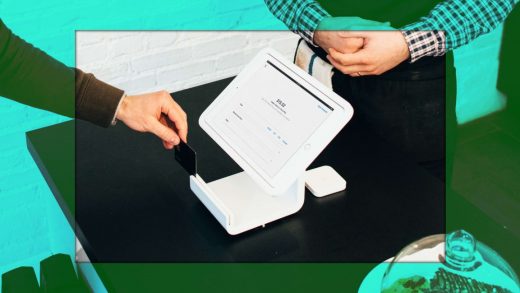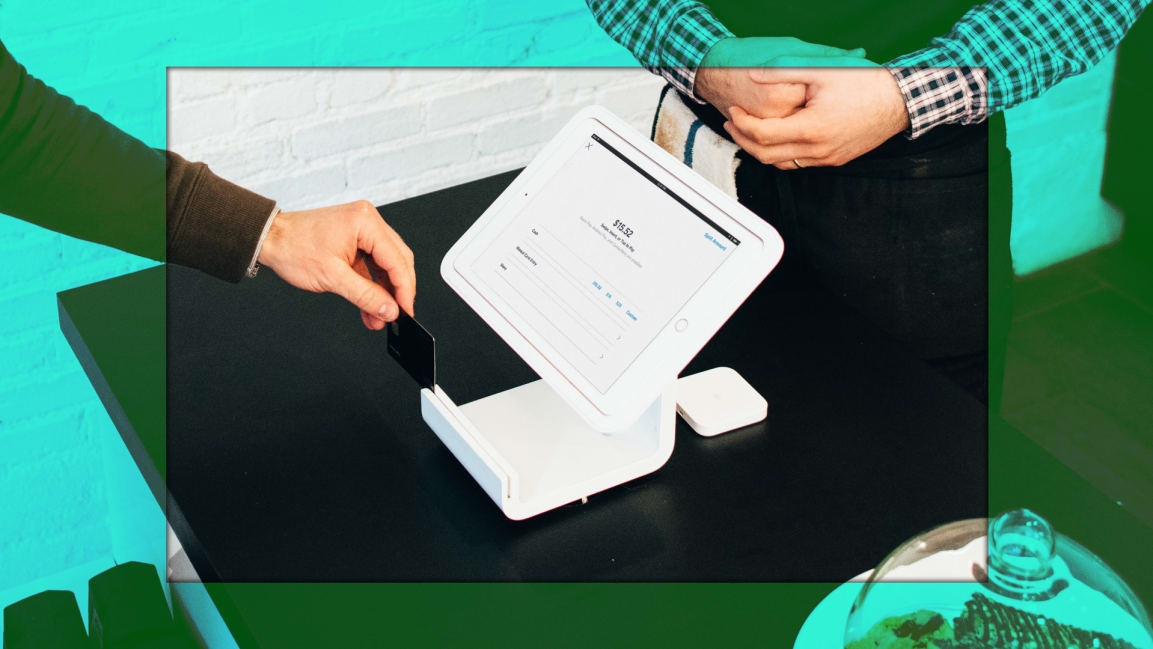The ugly truth about tipping waitstaff during COVID-19
The party of 12 entered the pancake house in Murray, Utah, in the middle of the busiest shift on the busiest day of the week. In they came with rowdy young children, big appetites, and lots to talk about. The group camped out at two tables for two hours that late Sunday morning at the end of September—and then left without tipping their waitress, who makes barely more than $2 an hour.
“I thought,’Damn, this really happened. People stiff you,’” he says, adding that many servers live off gratuities. “Tips go a long way . . . There’s a lack of empathy that’s been normalized pretty recently, but it’s been there for a bit. ‘Why should I care about this waitress who’s just going to spend all their money on whatever?’”
The dozen deadbeat diners aren’t the only ones withholding gratuities. Some 19% of Americans say they tip less than they did before COVID-19, according to a new Harris Poll conducted exclusively for Fast Company. How closely people are clenching their wallets depends on their age; about one-quarter of folks ages 18-34 and those 35-44 tip less often than they used to, versus 18% for 45- to 54-year-olds, 14% for 55- to 64-year-olds, and 12% for those 65 and older.
Tipping is such an individual choice. A lot of it has to do with who can see you and who knows.”
Sara Hanson, assistant professor, University of Richmond
Ultimately, your opinion about tipping may depend on whether you’re sitting at a table or bringing food to it. Restauranteurs can legally pay waitstaff less than $3 an hour in some states, meaning those workers rely on tips to supplement their earnings to at least minimum wage. Then they can only hope they rake in more each shift to afford their own lives and, yes, maybe even eat out themselves. And servers don’t even pocket every cent they’re tipped. Rather in many restaurants, they have to “tip out” coworkers, like bussers, runners, and hosts.
But some customers dining out during the pandemic view their doing so as a favor to the local eateries, a good deed to support small businesses that have suffered during the pandemic and to help keep their employees (Hi, waitstaff!) employed. A percentage of them may have lost their jobs due to COVID-19, so their personal budgets are tight.
To that, servers say, “If you can afford to go out to eat, you can afford to tip.”
Social norms, individual choices
“People see the tips as a wiggle room area,” explains Sara Hanson, an assistant professor of marketing at the University of Richmond who studies consumer behavior, including tipping. “There are social norms, but tipping is such an individual choice. A lot of it has to do with who can see you and who knows . . . A lot of the social environment is being taken away. I don’t have those chances to signal my generosity.”
If I have the ability to contribute, it’s the least I can do. I’m paying for convenience.”
Jonathan Levitt, diner
For example, a server watching you pay on an iPad can make you feel you’re being forced to leave a gratuity, and some customers enjoy the flourish of tipping big in front of the group eating together at one table. But large groups are a no-no during the pandemic, and the rise of contactless payments makes it easier to shortchange waitstaff without looking them in the eye.
Waiting tables is rarely a pleasant job; for many it’s a side hustle as they wait for their big acting break or need help paying for college. For others, it’s the job they rely on to raise families or put their own kids through college. The challenges—back pain, sore feet, the fast pace, the temperamental chefs, the forced cheerfulness with customers—remain the same, but now there are additional indignities, like sweating in a mask as you ferry hot food, working in the hot sun in the summer and the soon-to-be cold nights of the winter, and interacting with diners who’ve lowered their masks to eat.
“Before we were rewarding the person for their service and their kindness in bringing us our plates, and now we’re rewarding them for taking on risk,” Hanson says.
That’s how Bratton sees it; he worries about his safety.
“We’re essential to the people who come,” he says. “I’m not making the food, but I feel like we’re putting ourselves in harm’s way a little bit, because of people who don’t want to wear masks, who we have to boot out or give masks to. If they’re not wearing masks here, where else are they not wearing masks?”
He estimates that 90% of customers take their masks off when they arrive at their table—and leave them off for the rest of the visit.
Tips for takeout?
Some people who don’t want to dine in restaurants and instead opt for takeout are starting to tip servers when they pick up their orders. The question of proper gratuity etiquette in this situation has been raised over and over over again on social media. Though hotly debated, the movement seems to be growing.
Cornell University’s Michael Lynn, a nationally recognized tipping expert, is pouring over Square data that shows the percentage of transactions at quick-service and full-service restaurants where customers physically handed over their credit cards to pay for their food dropped from an estimated 99% to around 20% in mid-March and has since rebounded significantly. Reasons include mass restaurant closures, the staggered reopenings of state and local economies across the United States, and the shift from in-person dining to carryout.
It’s a little disheartening when it’s a $70 order and you see the person scratch out the tip line and not even leave $3 for the effort””
Darron Cardosa, restaurant worker
“People are simply less likely to tip on takeout business,” he explains. “Someone’s bagging the food. It may be a server, but it didn’t have to be. I, for example, don’t tip on takeout. Only about one-third of the country, I believe, tip on restaurant takeout.”
Tipping etiquette is changing in the COVID era, but it’s not necessarily dying off. Fast Company‘s Harris Poll finds that 21% report tipping more often than they used to. Another 40% say their tipping habits haven’t changed at all.
For a short time when COVID-19 first disrupted life, Jonathan Levitt, a salesman in Brookline, Massachusetts, started tipping 30-50%, but because that wasn’t sustainable, he now give 25-30%, up from 15-20% pre-COVID. Plus, he now tips on takeout, which he didn’t do previously.
“I have the means to do it and I know that the restaurant industry in particular is so screwed that people are not going to survive—both restaurants and delivery drivers and chefs and whoever it might be,” Levitt says. “If I have the ability to contribute, it’s the least I can do. I’m paying for convenience.”
‘A little disheartening’
Not every waiter and waitress is serving penny-pinchers.
Darron Cardosa, who’s worked at a small restaurant in the Sunnyside neighborhood of Queens, N.Y., for close to a decade, has been getting 30-35% on a lot of checks, up from his usual 20-25% pre-pandemic.
“I consider a lot of these regulars my friends, so they will give me the tip and I’ll say, ‘This is too much,’ or ‘This is too generous,’ and they say, ‘No, we want to do it.’ I say, ‘Thank you,’ and put it my pocket,’ he explains.
But the gossip Cardosa gets from waitstaff at other restaurants tells him isn’t always as good.
“I’ve also heard the opposite from people, that they’re getting much lower tips with the explanation that they’re not making as much money or can’t afford to tip due to COVID,” he reports. “It’s frustrating when customers can’t appreciate what servers doing for them . . . It’s a little disheartening when it’s a $70 order and you see the person scratch out the tip line and not even leave $3 for the effort.”
(21)



